Game description:
Bloodbark puts you in the shoes of a contract worker assigned to a remote forest, hired to cut down rare Bloodbark trees. These trees are prized for their crimson wood, which appears to bleed when struck—something explained away as a natural trait. But it quickly becomes apparent that this isn’t an ordinary logging job. The forest reacts. Paths shift. The silence deepens. There’s a sense that each tree remembers every strike, and the further you go, the more personal the consequences feel. What starts as labor becomes something you’re no longer sure you agreed to.
Watching Eyes in the Forest
Gameplay involves exploring the landscape with a hatchet in hand, searching for more trees to meet your quota. But landmarks subtly change, and strange figures occasionally appear at the edge of your view. You’re not alone, even when nothing is visible. Dialogue is sparse but unsettling, warning you—sometimes too late—that the Bloodbark trees are aware and not defenseless. Two possible endings depend on what choices you make and how deeply you dig into the woods. The game also includes numerous achievements and hidden content that encourage curiosity and second runs.
Influenced by Dark Imagery and Minimal Sound
Bloodbark draws direct inspiration from the artwork of Eduardo Valdés-Hevia, and it shows. The low-resolution visuals create an eerie stillness, and the minimal soundtrack heightens the isolation. It doesn’t explain everything. It doesn’t have to. The horror is built through implication—through what the forest allows you to see and what it deliberately keeps hidden. As the days pass, the space becomes less like a workplace and more like a trap, built from old bark and older memories. Bloodbark leaves you with one question long after the credits: who really started the cutting?











































































































































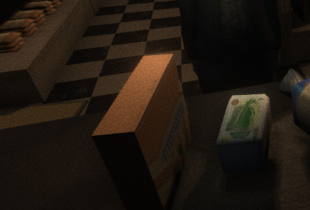

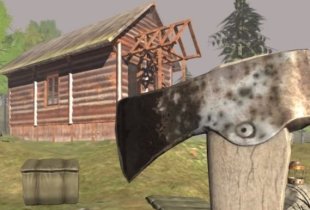
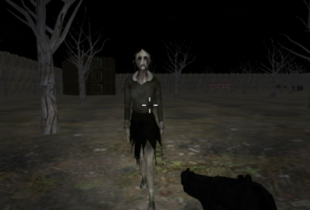

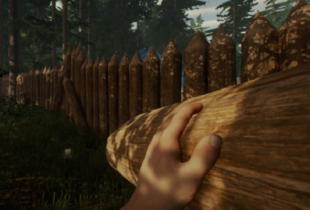


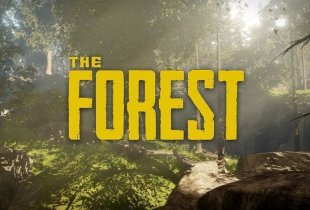
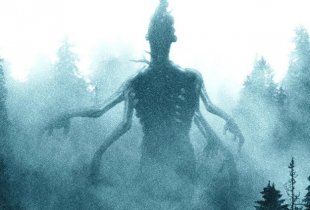

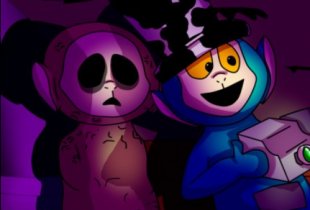

Comments